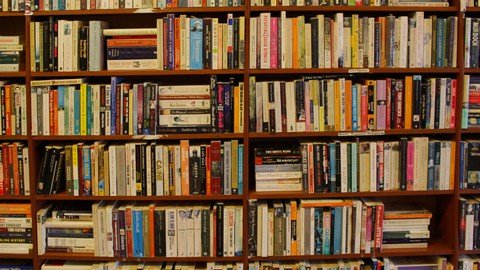7 Modules for Piping Codes & Standards
- 11.03.2021
- 249

MP4 | h264, 1280x720 | Lang: English | Audio: aac, 44100 Hz | 4h 2m | 1.84 GB
What you'll learn
7 Modules of Piping Codes & Standards
12 Major Differences between ASME B31.1 & ASME B31.3
ASME Standards : ASME B36.10, ASME B16.5, ASME B16.47
Piping Wall Thickness calculation criteria
PT rating Philosophy
Allowable stresses
Impact Testing
API standards : API 600, API 6D, API 598
ASTM Standards : Carbon Steel, High Temperature steel, Low temperature steel, Alloy Steels
Requirements
Designers & Engineers
Piping Designers
Description
Codes and standards have been developed by industry experts to standardize the work flows and designs. Majorly the Codes and standards are defined as following:
Codes:
A group of rules or systematic procedures for design, fabrication, installation , examination & inspection; prepared in such a manner that it can be adopted by legal jurisdiction and made into law.
Standards:
Documents prepared by a recognized professional group or committee which contain mandatory requirements.
This course has been divided into following modules to understand the requirements in organized manner :
What you'll learn
Introduction to Piping Codes & Standards
12 Major Differences between ASME B31.1 & ASME B31.3
ASME Standards : ASME B36.10, ASME B16.5, ASME B16.47
Piping Wall Thickness calculation criteria
PT rating Philosophy
Allowable stresses
Impact Testing
API standards : API 600, API 6D, API 598
ASTM Standards : Carbon Steel, High Temperature steel, Low temperature steel, Alloy Steels
In First section we will have overview of standards and codes which are commonly used in chemical industries. The important clauses have been captured and explained in very simple ans systematic manner. 12 Major difference between two major codes of Process & Power piping have been captured and detailed. Commonly used standards of Pipe & flanges have been explained so that can be referred while execution phase of the project.
For Pipe wall thickness calculation section, PT rating, Allowable stresses have been discussed because calculating the action thickness calculations.
In Impact testing section, all the clasues required to get the exemptions have been listed out and explained in details.
Important clauses from API & ASTM standards have also been captured to refresh the basic fundamentals and can be implementing the actual design.
Who this course is for:
Mechanical Engineers
Designers & Engineers
Piping Engineers
Homepage
https://www.udemy.com/course/7-modules-for-piping-codes-standards/
Download From Rapidgator
https://rapidgator.net/file/65e9bb64911d2095d9f63f6e436141f8
https://rapidgator.net/file/69105d057549c73a284d1d441b6238f2
Download From Nitroflare
http://nitroflare.com/view/E48DED03F4961D1/BaDshaH.7_Modules_for_Piping_Codes_%26_Standards.part1.rar
http://nitroflare.com/view/B10D0836276BEC9/BaDshaH.7_Modules_for_Piping_Codes_%26_Standards.part2.rar